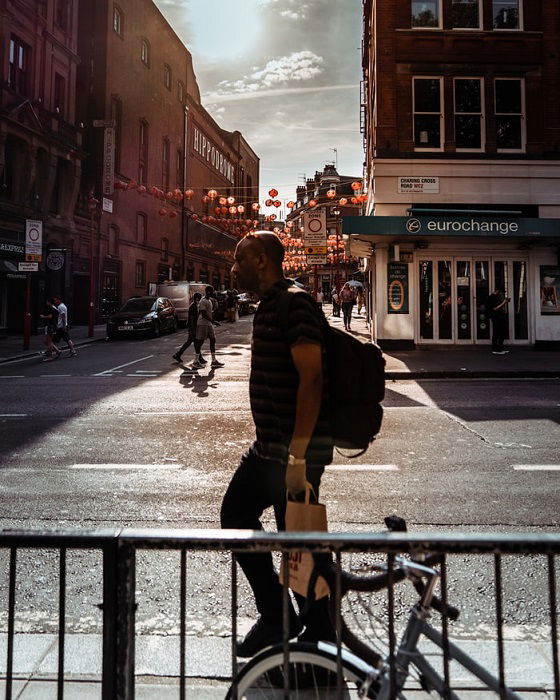Top Guidelines Of Framing Streets
Table of ContentsSome Known Questions About Framing Streets.The Definitive Guide to Framing StreetsFraming Streets - The FactsSome Known Incorrect Statements About Framing Streets 5 Simple Techniques For Framing StreetsThe Ultimate Guide To Framing Streets
, usually with the goal of catching pictures at a decisive or emotional moment by mindful framing and timing. https://slides.com/framingstreets1.
Indicators on Framing Streets You Need To Know
Susan Sontag, 1977 Street digital photography can concentrate on people and their behavior in public. In this respect, the road professional photographer is comparable to social docudrama digital photographers or photographers that also work in public locations, however with the goal of capturing relevant events. Any of these photographers' photos might capture people and home visible within or from public locations, which frequently requires navigating moral issues and laws of personal privacy, safety and security, and residential or commercial property.
Depictions of day-to-day public life develop a genre in nearly every period of world art, beginning in the pre-historic, Sumerian, Egyptian and very early Buddhist art periods. Art managing the life of the road, whether within sights of cityscapes, or as the dominant concept, shows up in the West in the canon of the Northern Renaissance, Baroque, Rococo, of Romanticism, Realism, Impressionism and Post-Impressionism.
Everything about Framing Streets
Louis Daguerre: "Boulevard du Temple" (1838 or 1839) In 1838 or 1839 the first picture of numbers in the road was taped by Louis-Jacques-Mand Daguerre in one of a set of daguerreotype sights drawn from his workshop window of the Blvd du Temple in Paris. The second, made at the height of the day, shows an uninhabited stretch of road, while the various other was taken at about 8:00 am, and as Beaumont Newhall records, "The Boulevard, so continuously filled with a moving throng of pedestrians and carriages was perfectly solitary, except a person who was having his boots cleaned.
His boots and legs were well defined, yet he is without body or head, since these were in movement." Charles Ngre, waterseller Charles Ngre. https://www.tumblr.com/framingstreets1/739107565559037952/framing-streets-is-a-timeless-journey-a-journey?source=share was the initial professional photographer to acquire the technological class required to register people in motion on the road in Paris in 1851. Professional Photographer John Thomson, a Scotsman dealing with journalist and social protestor Adolphe Smith, released Road Life in London in twelve month-to-month installments starting in February 1877
An Unbiased View of Framing Streets
Eugene Atget is concerned as a progenitor, not since he was the very first of his kind, yet as a result of the popularisation in the late 1920s of his record of Parisian streets by Berenice Abbott, that was inspired to undertake a similar documentation of New york city City. [] As the city created, Atget helped to advertise Parisian roads as a deserving subject for photography.

Unknown Facts About Framing Streets
Martin is the first recorded digital photographer to do so in London with a disguised camera. Mass-Observation was a social study organisation started in 1937 which intended to tape-record everyday life in Britain and to tape-record the reactions of the 'man-in-the-street' to King Edward VIII's abdication in 1936 to marry divorce Wallis Simpson, and the sequence of George VI. Andre Kertesz.'s widely appreciated Images la Sauvette (1952) (the English-language edition was titled The Crucial Minute) promoted the concept of taking a picture at what he described the "crucial minute"; "when form and web content, vision and composition merged into a transcendent whole" - copyright a7iv.
The Ultimate Guide To Framing Streets
, after that a teacher of young kids, connected with Evans in 193839.'s 1958 book,, was substantial; raw and commonly out of focus, Frank's photos examined traditional photography of the time, "tested all the official policies laid down by Henri Cartier-Bresson and Walker Evans" and "flew in the face of the wholesome pictorialism and wholehearted photojournalism of American publications like LIFE and Time".